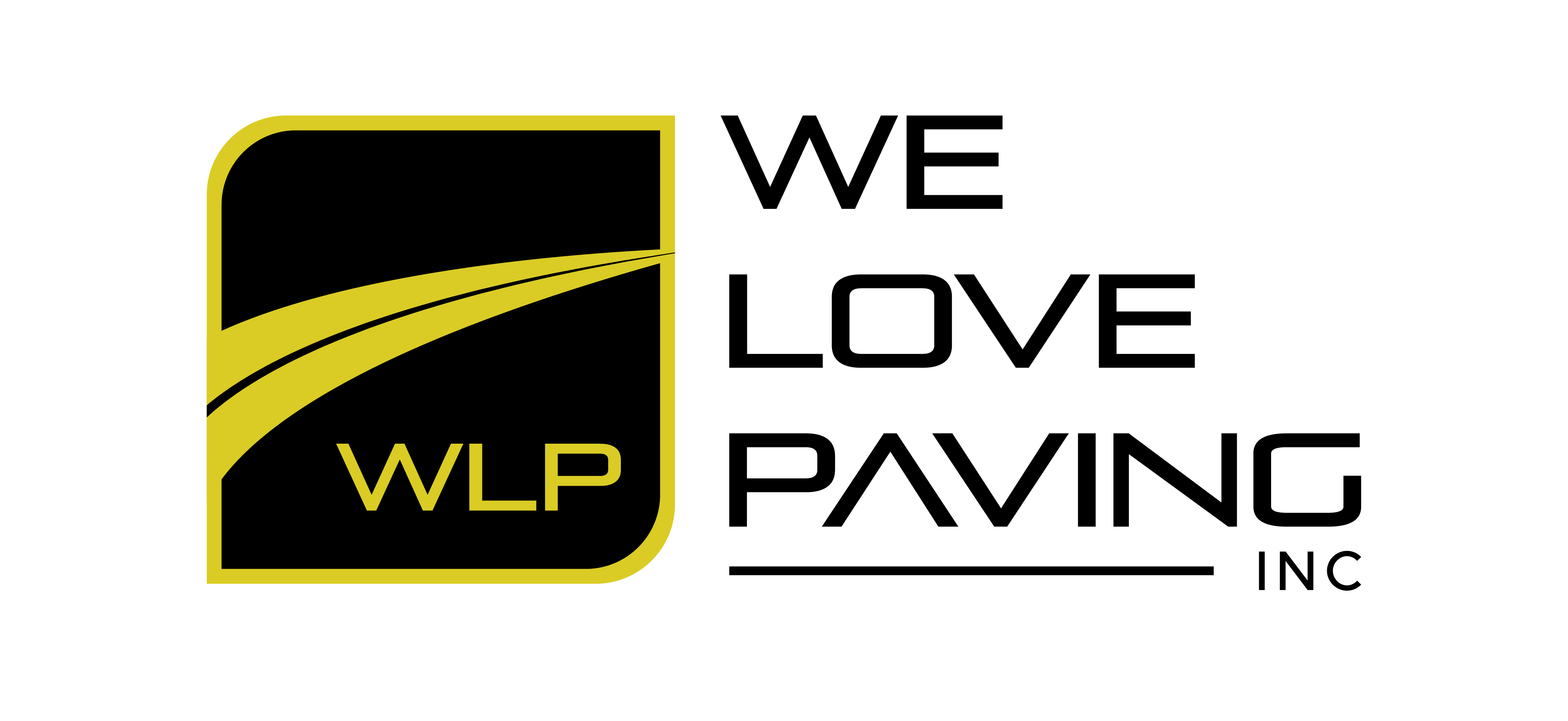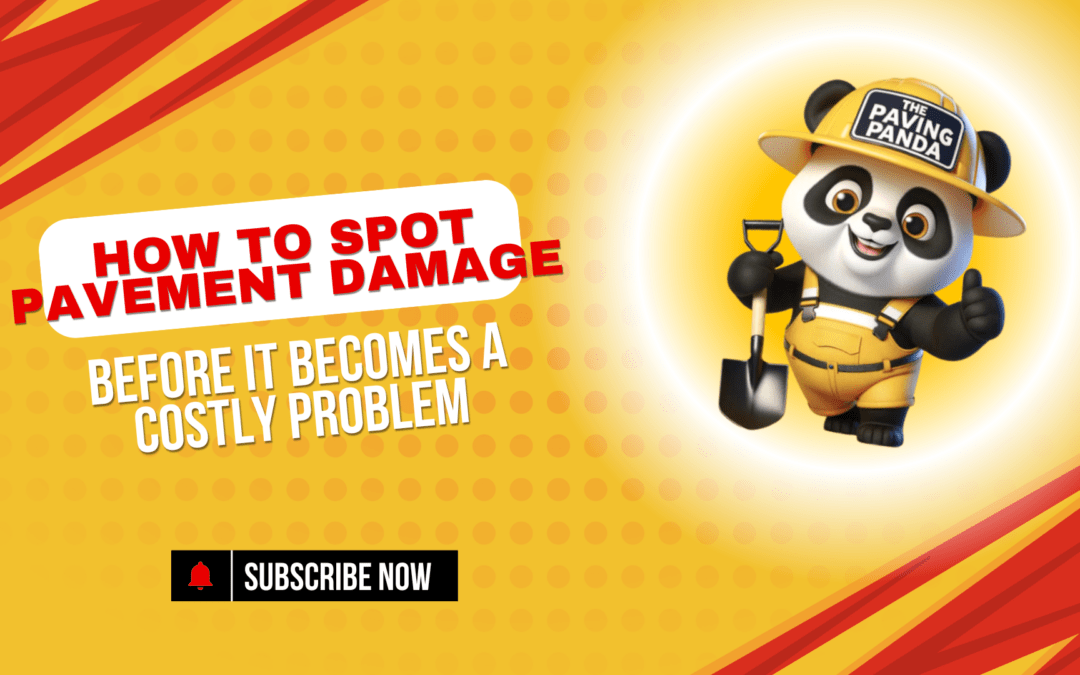Pavement is a vital component of both commercial and residential properties. Whether it’s a parking lot, driveway, or a roadway, keeping it in good condition is essential for safety, aesthetics, and cost management. Unfortunately, many property owners overlook early signs of pavement damage, leading to costly repairs down the line. The good news? By learning how to spot and address issues early, you can save significant time and money. Here’s how.
Common Types of Pavement Damage
Understanding the different types of damage is the first step in addressing them. Here are the most common issues:
- Cracking:
- Alligator Cracking: These interconnected cracks resemble alligator skin and usually indicate underlying structural issues.
- Linear Cracks: Long, straight cracks often caused by temperature fluctuations.
- Block Cracks: Large rectangular cracks caused by shrinking.
- Potholes: Depressions or holes in the pavement caused by water infiltration and repeated traffic loading.
- Raveling: The loss of aggregate material from the surface, making it look rough or uneven.
- Depressions: Sunken areas that may collect water, often caused by a weak subgrade.
- Edge Damage: Crumbling or cracking along the edges of pavement, usually due to insufficient support or erosion.
- Drainage Issues: Standing water can lead to accelerated deterioration and structural weakening.
Warning Signs to Watch For
To prevent damage from escalating, it’s important to regularly inspect your pavement. Look for these warning signs:
- Surface Cracks: Small cracks may not seem like a big deal, but they’re often the first sign of wear and tear. If left untreated, they can expand and compromise the structural integrity.
- Pooling Water: After rain, check for areas where water pools or drains slowly. Poor drainage can erode the base layer and lead to potholes or cracks.
- Fading Color: UV rays and oxidation can cause the pavement’s surface to fade. This is a sign that the binder holding the aggregate together is weakening, increasing the risk of raveling and cracking.
- Rough or Uneven Surface: A surface that feels bumpy or uneven could indicate raveling or subgrade problems. Both require immediate attention to prevent further damage.
- Visible Potholes: Potholes start small but grow quickly. Early repair is critical to prevent accidents and more expensive fixes.
- Loose Debris: If you notice small pieces of pavement breaking off, it’s a sign that the surface is deteriorating.
Why Early Detection Matters
Spotting pavement damage early can save property owners thousands of dollars in repairs. Here’s why:
- Cost Efficiency: Small repairs, like filling cracks or seal coating, are much cheaper than full-depth repairs or repaving.
- Safety: Damaged pavement can lead to trips, falls, and vehicle damage, exposing you to liability risks.
- Longevity: Addressing minor issues promptly extends the overall life of your pavement, delaying costly replacements.
- Aesthetics: Well-maintained pavement boosts curb appeal and leaves a positive impression on visitors or customers.
Steps to Take When You Spot Damage
If you’ve identified early signs of damage, take these steps to address them:
- Assess the Severity: Determine if the issue is surface-level or structural. Minor cracks can often be repaired with filler, while structural problems may require professional evaluation.
- Schedule Maintenance: Regular maintenance, such as crack sealing, seal coating, or patching, can prevent further damage.
- Improve Drainage: If pooling water is an issue, consider adding drains or regrading the area to direct water away from the pavement.
- Consult Professionals: For larger issues like potholes or extensive cracking, hire a paving contractor. They can assess the root cause and recommend the best course of action.
- Plan for Long-Term Upkeep: Develop a maintenance schedule that includes regular inspections, seal coating every few years, and prompt repair of any damage.
Preventative Tips for Maintaining Pavement
Preventative maintenance is key to avoiding costly repairs. Here are some tips:
- Seal Coating: Protects the surface from UV rays, water, and chemicals.
- Regular Cleaning: Removes debris, oil, and other contaminants that can degrade the surface.
- Prompt Repairs: Address small cracks and potholes immediately.
- Proper Installation: Ensure your pavement is installed with a strong base and adequate drainage to prevent future issues.
Conclusion
Pavement damage is inevitable, but it doesn’t have to be costly if addressed early. Regular inspections, prompt repairs, and a proactive maintenance plan can save you money, improve safety, and extend the life of your pavement. If you’re unsure about the condition of your pavement, consider consulting professionals like WELOVEPAVING for expert advice and services. Don’t wait for small problems to become big expenses—take action today!

